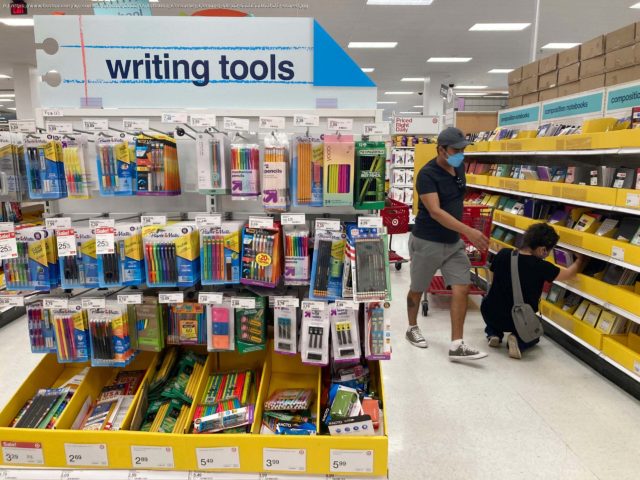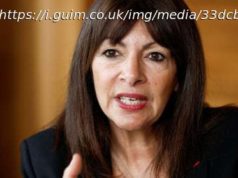Array
— Mortgage rates have jumped, home sales have slumped and credit cards and auto loans have gotten pricier. Savings rates are slightly juicier, though.
As the Federal Reserve has rapidly increased interest rates, many economists say they fear that a recession is inevitable in the coming months — and with it, job losses that could cause hardship for households already hurt worst by inflation.
Even before the Federal Reserve acts again Wednesday to sharply raise its key short-term rate — a third straight three-quarter-point hike is likely to be announced – its previous rate increases are being felt by households at all income levels.
The Fed’s latest move is expected to raise its benchmark rate to a range of 3% to 3.25%, the highest level in 14 years. Its steady rate increases are making it increasingly costly for consumers and businesses to borrow — for homes, autos and other purchases. And more hikes are almost surely coming. Fed officials are expected to signal Wednesday that their benchmark rate could reach as high as 4.5% by early next year.
Here’s what to know:
If one definition of inflation is “ too much money chasing too few goods,” then by making it more expensive to borrow money, the Fed hopes to reduce the amount of money in circulation, eventually lowering prices.
Anyone borrowing money to make a large purchase, such as a home, car, or large appliance, will take a hit, said Scott Hoyt, an analyst with Moody’s Analytics.
“The new rate pretty dramatically increases your monthly payments and your cost,” he said. “It also affects consumers who have a lot of credit card debt — that will hit right away.”
That said, Hoyt noted that household debt payments, as a proportion of income, remain relatively low, though they have risen lately. So even as borrowing rates steadily rise, many households might not feel a much heavier debt burden immediately.
“I’m not sure interest rates are top of mind for most consumers right now,” Hoyt said. “They seem more worried about groceries and what’s going on at the gas pump. Rates can be something tricky for consumers to wrap their minds around.”
Even before the Fed’s decision Wednesday, credit card borrowing rates have reached their highest level since 1996, according to Bankrate.com, and these will likely continue to rise.
And with inflation raging, there are signs that Americans are increasingly relying on credit cards to help maintain their spending. Total credit card balances have topped $900 billion, according to the Federal Reserve, a record high, though that amount isn’t adjusted for inflation.
John Leer, chief economist at Morning Consult, a survey research firm, said its polling suggests that more Americans are spending down the savings they accumulated during the pandemic and are using credit instead. Eventually, rising rates could make it harder for those households to pay off their debts.
Those who don’t qualify for low-rate credit cards because of weak credit scores are already paying significantly higher interest on their balances, and they’ll continue to.
As rates have risen, zero percent loans marketed as “Buy Now, Pay Later” have also become popular with consumers.






